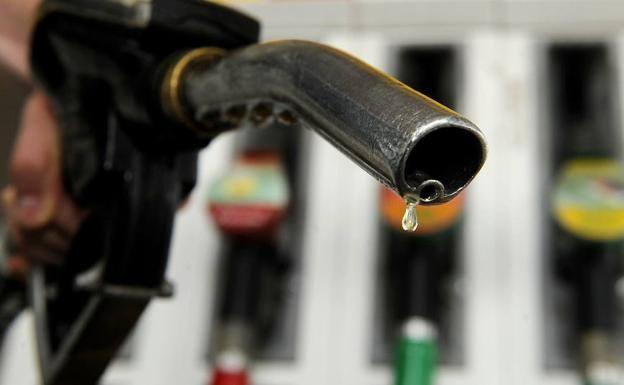(Reuters) – Oil futures traded sideways on Tuesday, after mostly weaker-than-expected data from China muddied the outlook for demand from the world’s top crude importer while U.S. plans to refill its Strategic Petroleum Reserve (SPR) underpinned prices.
Supply worries stemming from wildfires in Canada buoyed prices earlier in the morning.
Brent crude futures rose 1 cent, or 0.1%, to $75.24 a barrel by 0650 GMT, while U.S. West Texas Intermediate crude was at $71.1 a barrel, down 1 cent, or 0.01%.
Both benchmarks rose more than 1% on Monday, reversing a 3-session losing streak.
The U.S. Department of Energy said on Monday it would buy 3 million barrels of crude oil for the SPR for delivery in August, and asked that offers be submitted by May 31.
“The market got a boost from expectations that the U.S. repurchase of oil for the strategic reserve will continue if WTI prices fall near or below $70 a barrel,” said Toshitaka Tazawa, an analyst at Fujitomi Securities Co Ltd.
“Behind the gain was also bargain-hunting by some investors after the recent sharp declines,” he said.
Oil prices came under pressure later in the session as data from China – showing industrial output and retail sales growth undershot forecasts in April – suggested the world’s No.2 economy lost momentum at the start of the second quarter.
However, an 18.9% rise in China’s oil refinery throughput in April from a year earlier to the second-highest on record helped keep a floor under crude prices.
With refiners building stockpiles ahead of the summer travel season, May crude imports by China are moving towards 11 million barrels per day (bpd), versus 10.67 million bpd in April, Refinitiv Oil Research said.
Also, China’s June throughput is expected to grow by 1.5% month on month, data compiled from Wood Mackenzie showed.
“Demand in China continues to show signs of improvement. Transportation data is showing increased car usage, while international air travel is rising,” ANZ analysts said.
On the supply side, widespread blazes in Alberta, Canada, which forced more than 30,000 people out of their homes at one point, shuttered at least 319,000 barrels of oil equivalent per day (boepd), or 3.7% of national production.
Global crude supplies could also tighten in the second half as OPEC+ – the Organization of the Petroleum Exporting Countries and allies including Russia – plan additional output cuts.
U.S. oil output from the seven biggest shale basins is due to rise in June to the highest on record, data from the Energy Information Administration showed.
“With so much uncertainty surrounding the macro environment, the lack of any strong signals from the physical market is likely to see oil prices remain under pressure,” ANZ analysts said in a note.
CMC Markets analyst Leon Li said the global macroeconomic situation and Europe’s energy demand-supply fundamentals will be key price drivers in the second half of 2023.



